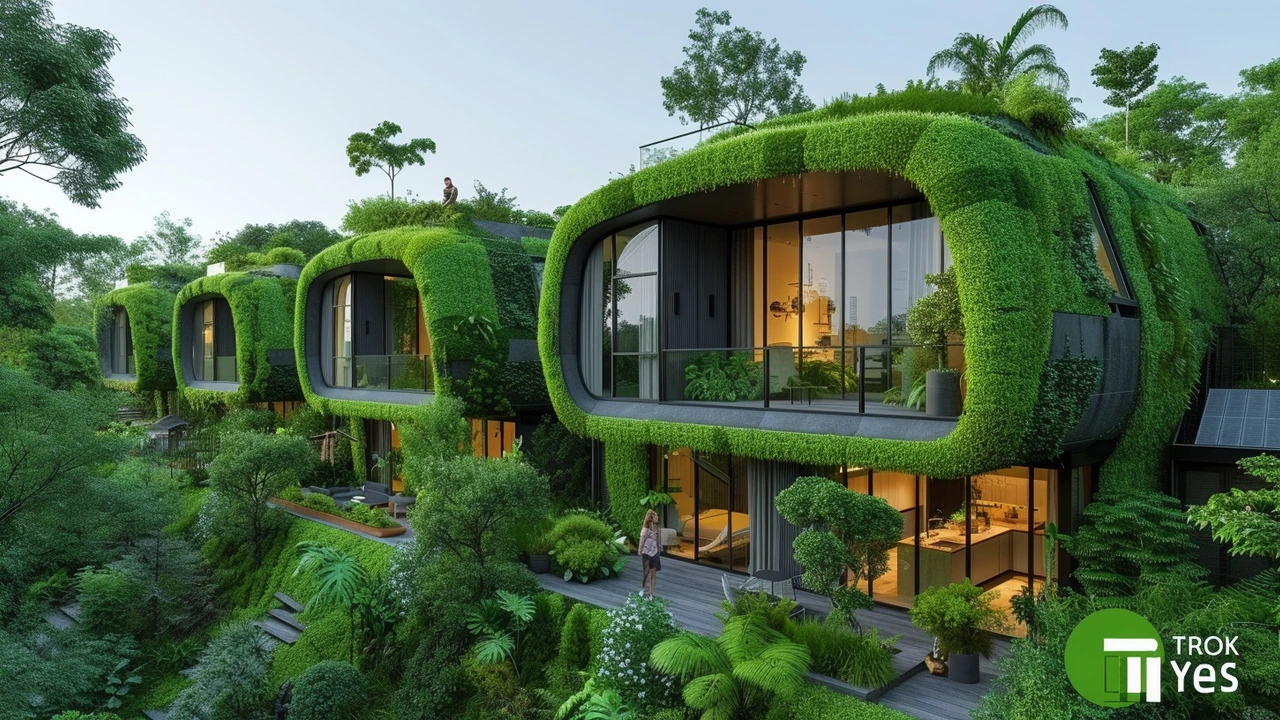Green buildings: simple ways to design and upgrade for real savings
Buildings eat a huge chunk of energy—about 40% of global energy use—so every smart move matters. If you want lower bills, healthier indoor air, and a smaller carbon footprint, green buildings do all three. This page gives plain, practical steps you can use whether you’re planning a new build or improving an old one.
Start with the basics: orientation, insulation, and airtightness. Face main windows toward the best sun exposure for your climate, add continuous insulation and seal gaps where air leaks. Those three changes cut heating and cooling needs dramatically and make every other system work better.
Practical strategies for new builds
Design choices matter most when you’re starting from scratch. Pick efficient HVAC systems (heat pumps are a top choice now), size them correctly, and design for passive heating and cooling—shade in summer, solar gain in winter. Use high-performance windows with proper shading and daylighting to reduce artificial lighting. Specify materials with low embodied carbon: recycled steel, low-carbon concrete mixes, responsibly sourced timber.
Consider renewable energy on-site. Rooftop solar paired with a battery can cut grid dependence and flatten peak bills. On larger projects, add solar-ready roofs, north-south building placement for consistent PV output, and electric vehicle charging. Plan plumbing for rainwater catchment and greywater reuse for irrigation and toilets—those systems pay back faster than you think in many places.
Cost-smart retrofits and upgrades
You don’t need to gut a building to make it green. Start with an energy audit to find the biggest wins: often insulation, upgraded windows, and sealing ducts top the list. Swap old boilers or furnaces for air-source heat pumps where climate and incentives allow. Replace lighting with LEDs and add smart controls—motion sensors and scheduling reduce wasted power immediately.
Small upgrades add up: thermostatic radiator valves, programmable thermostats, and improving ventilation with energy-recovery ventilators (ERVs) boost comfort and cut wasted energy. Green roofs or added insulation on flat roofs extend roof life, reduce cooling loads, and help stormwater management. For landlords, retrofits can increase rentability and lower vacancy.
Look into incentives: many regions offer tax credits, rebates, or low-interest loans for efficiency upgrades and renewables. That often flips the economics and shortens payback times.
Getting certified helps, but don’t chase labels at the expense of basics. LEED, BREEAM, Passive House, and Living Building Challenge each focus on slightly different outcomes—energy, materials, health, or performance. Choose the framework that fits your goals and budget, and use it as a roadmap rather than a checklist to tick off.
Green buildings aren’t a single product—they’re a sequence of decisions. Do the simple, high-impact fixes first: seal, insulate, upgrade HVAC and lighting, and add renewables when it makes sense. Measure results so you know what worked, and scale from there. Small steps today make future renovations cheaper and faster, and they save money and emissions year after year.

Tracing the Green Path: The Evolution of Sustainable Architecture Over Time
Explore the transformative journey of sustainable architecture from ancient practices to the modern era. This article delves into the origins of eco-friendly design, highlights significant architectural innovations, and discusses the importance of sustainability in today's built environment. Learn about groundbreaking projects that epitomize the principles of sustainability and discover useful tips for incorporating green elements into your own space.
Read more
Revolutionizing Our World: The Future of Sustainable Architecture and Innovative Design Trends
Diving into the realm of sustainable architecture reveals an ever-evolving landscape of innovative design trends and practices aiming to redefine our built environment. This exploration sheds light on the crucial role sustainability plays in architecture, from the integration of eco-friendly materials and the implementation of energy-efficient systems to the promotion of green spaces in urban contexts. These transformative trends not only pave the way for more sustainable living conditions but also promise to significantly reduce the carbon footprint of buildings, underscoring the vital importance of embracing sustainable architectural practices for a greener future.
Read more